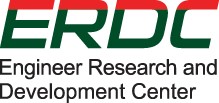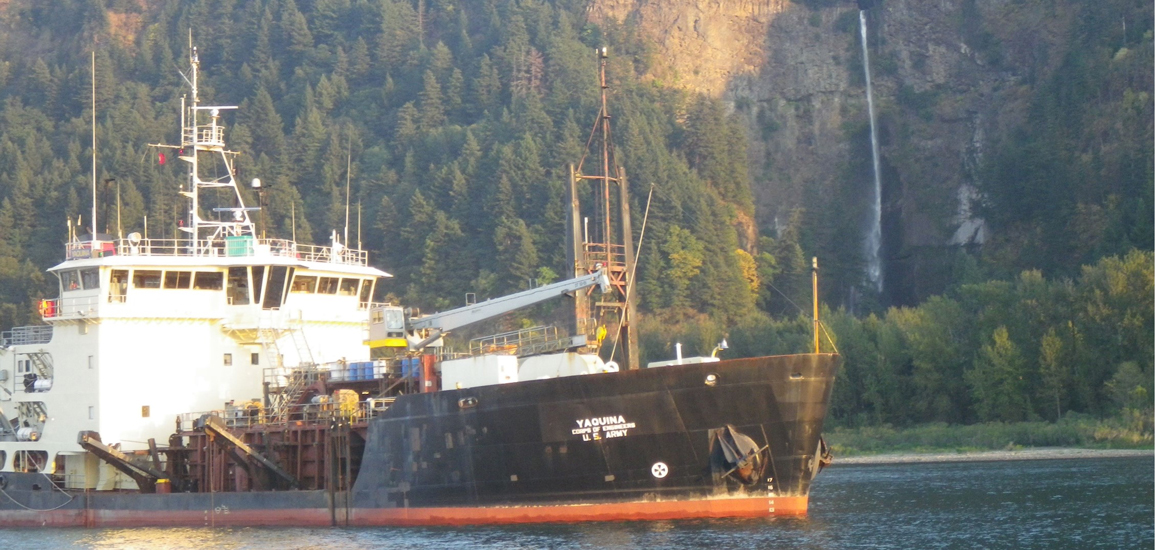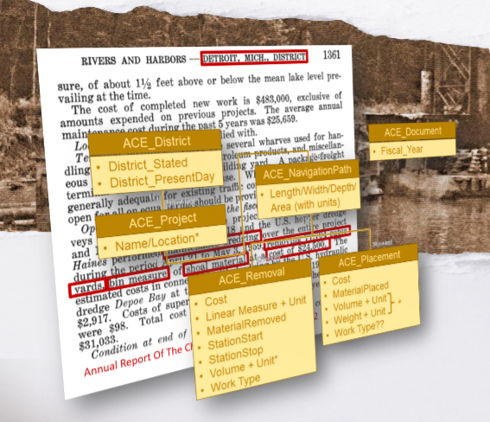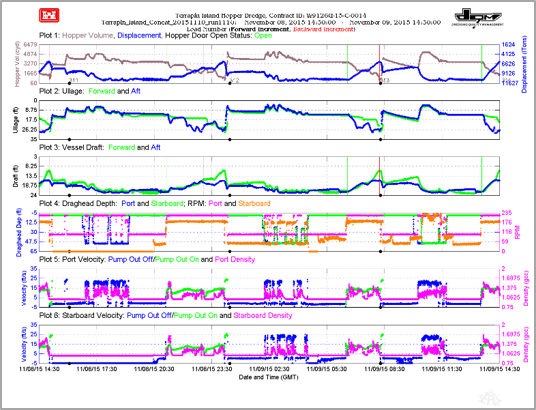A Framework for Assessing the Need for Seasonal Restrictions on Dredging and Disposal Operations
Lead researcher: Marin Kress
Description: This project examines the scope and scale of dredging restriction windows applied to the USACE dredging program. The project is gathering restriction window information from all USACE Districts, whether those restrictions come from other Federal agencies, other State agencies, or are self-imposed practices. For historical reference, a list of known restrictions gathered and published in 1991 is available Table 1, published as Table 1 in LaSalle et al 1991, "A Framework for Assessing the Need for Seasonal Restrictions on Dredging and Disposal Operations."






